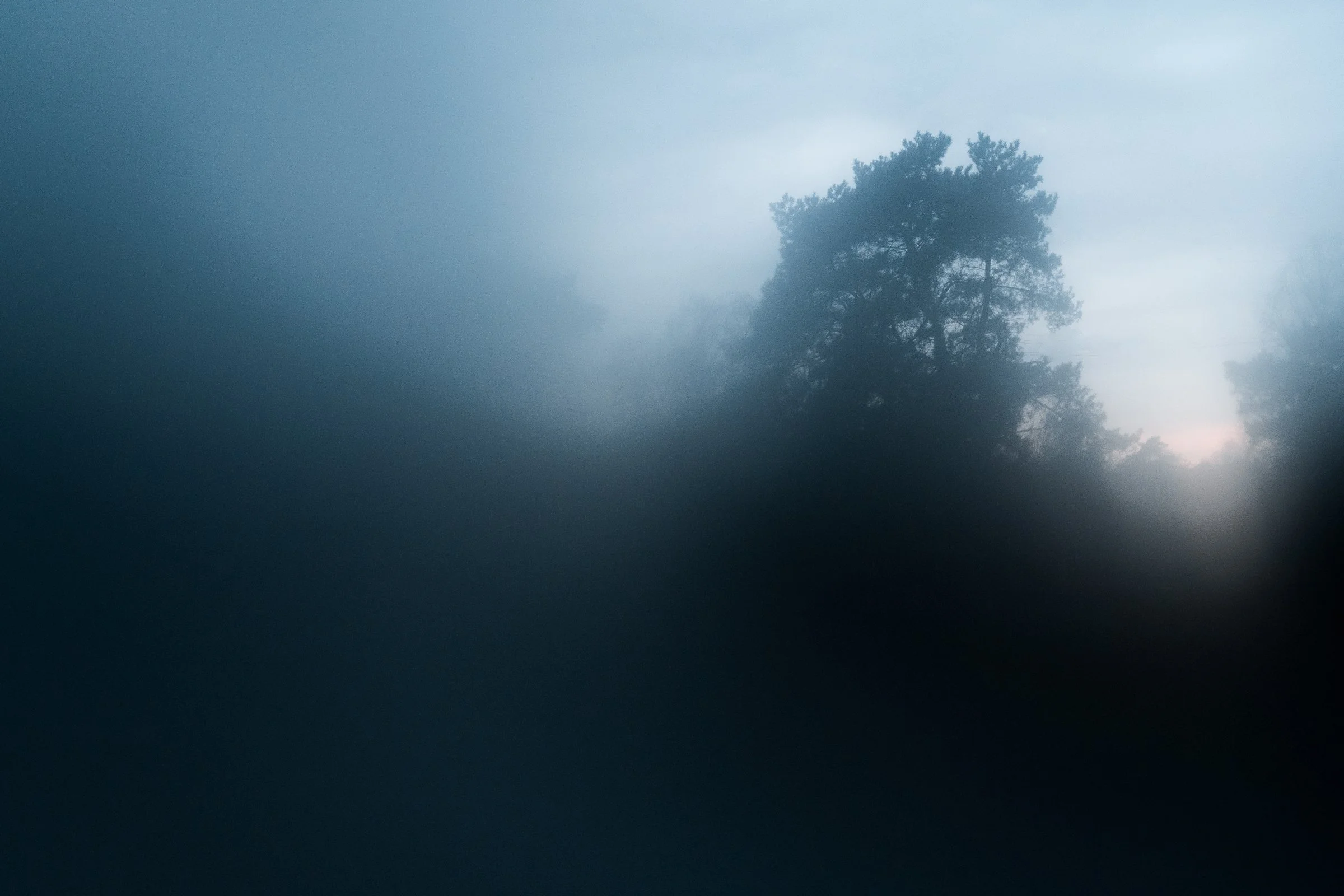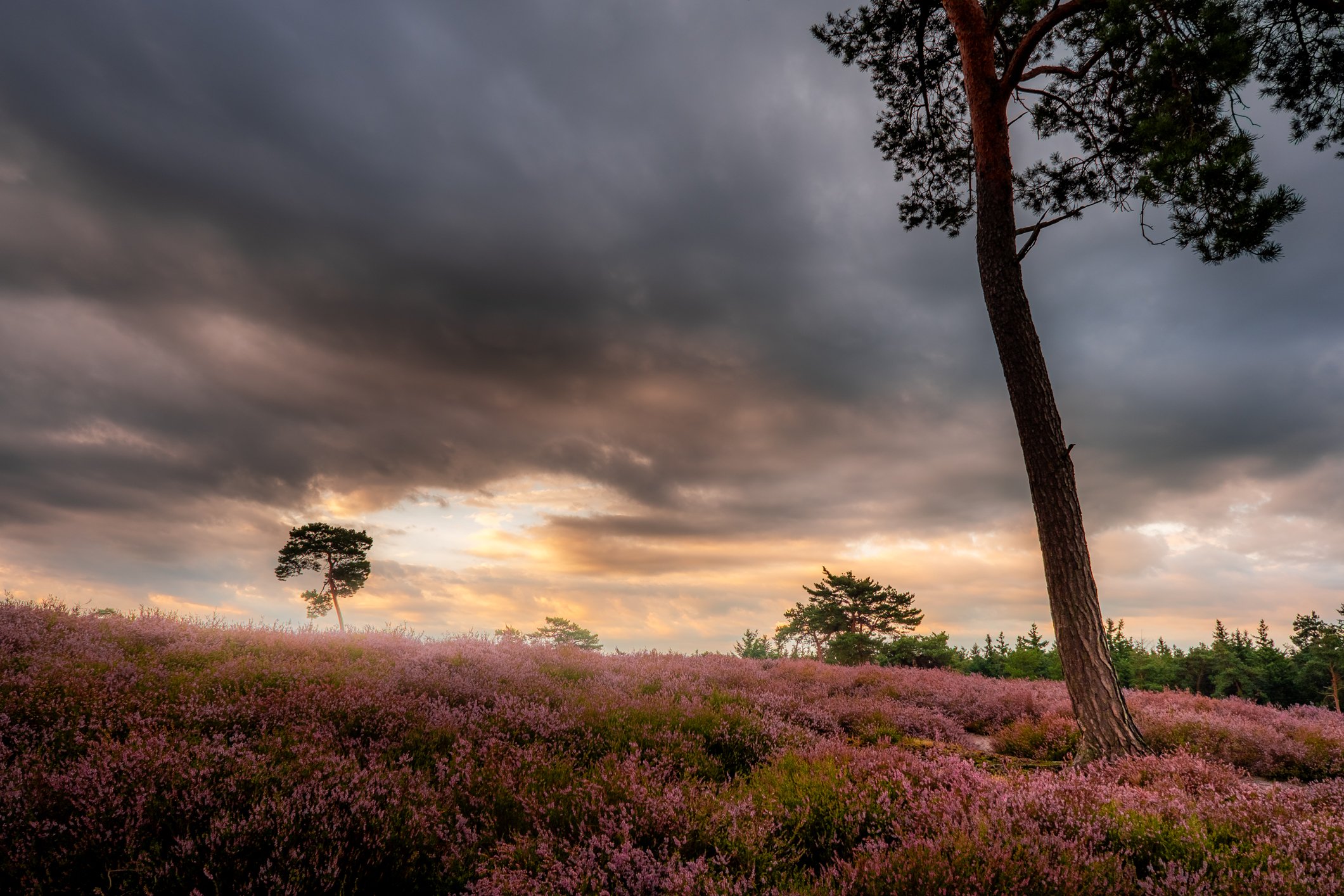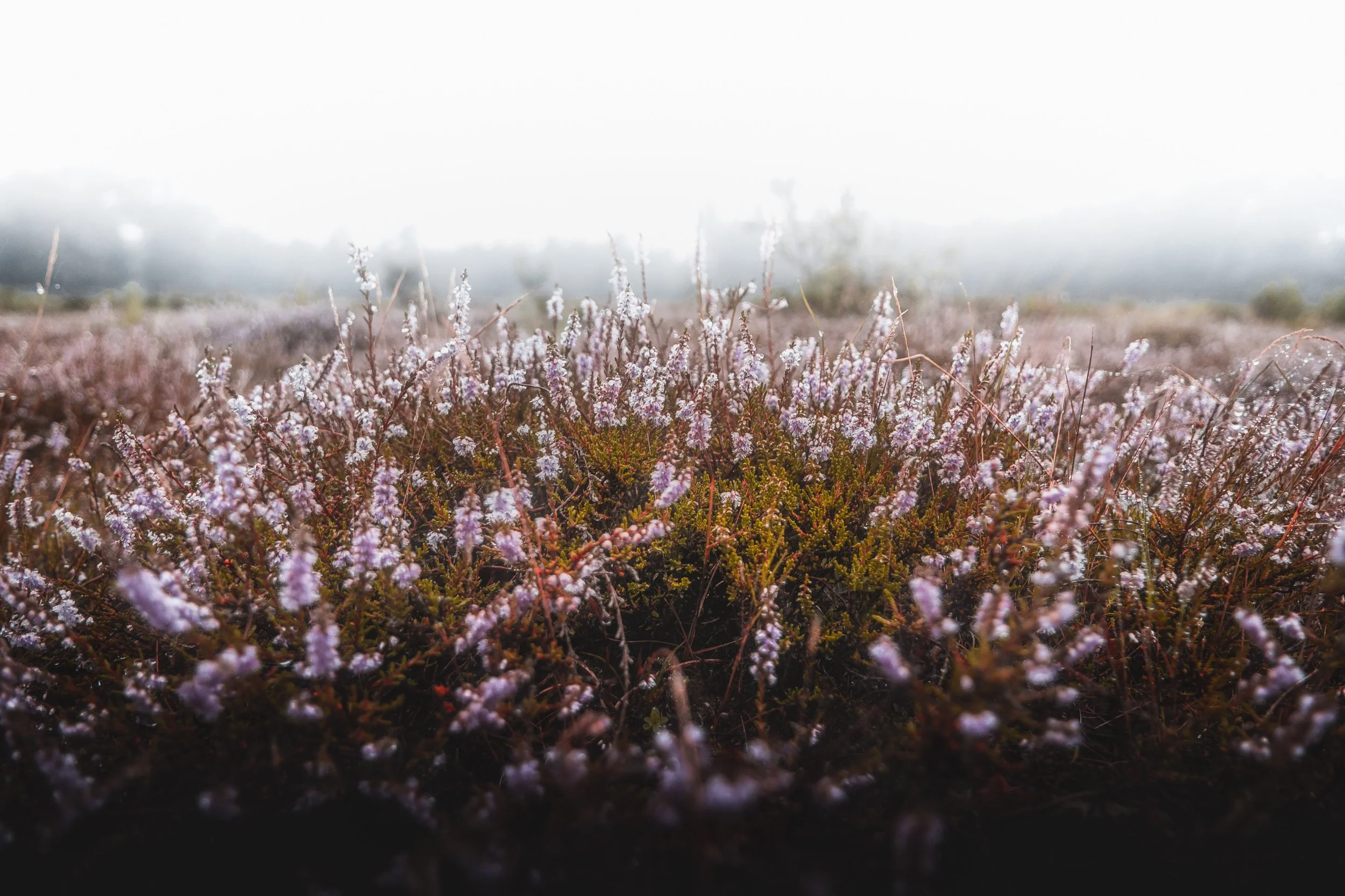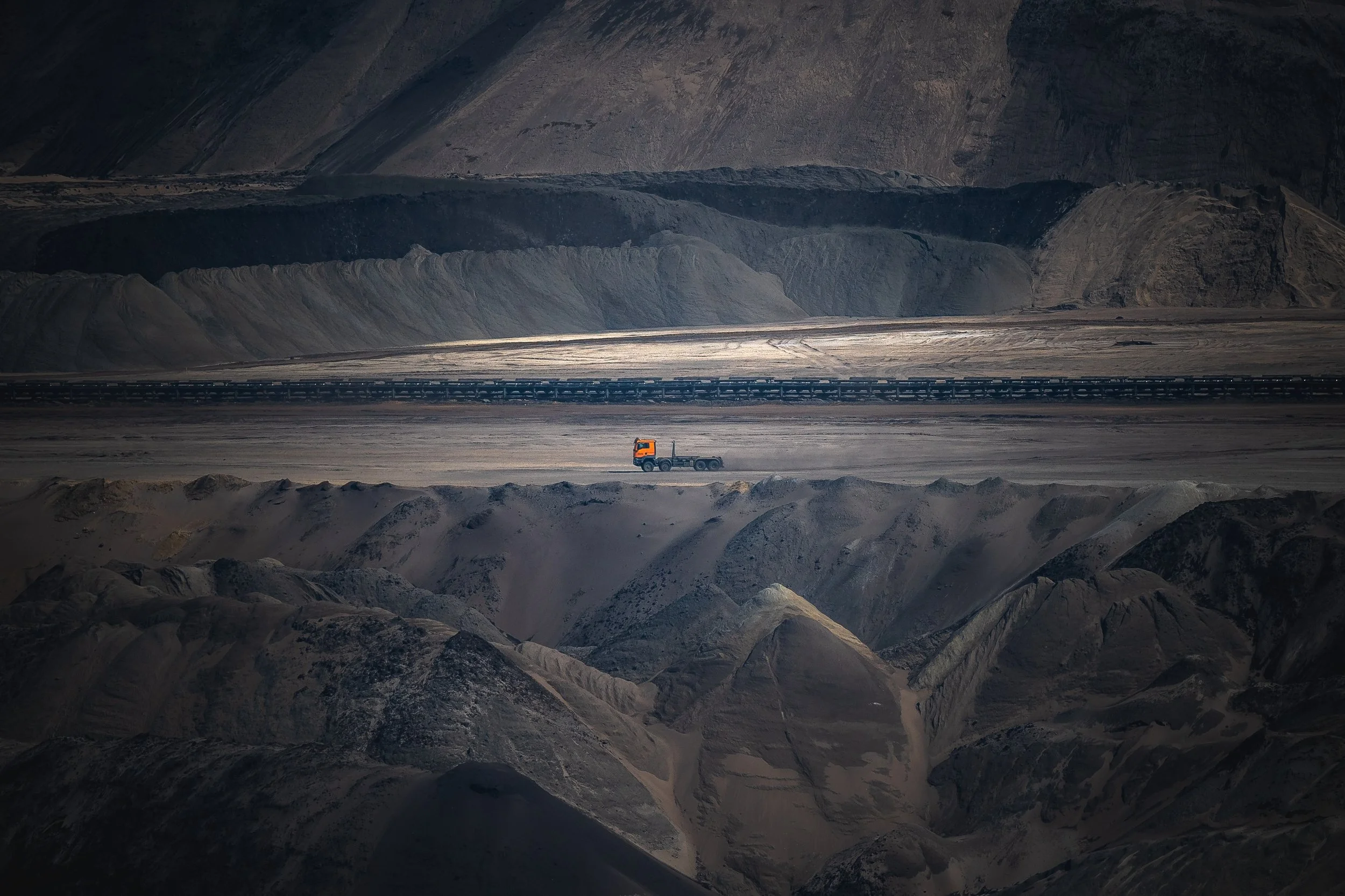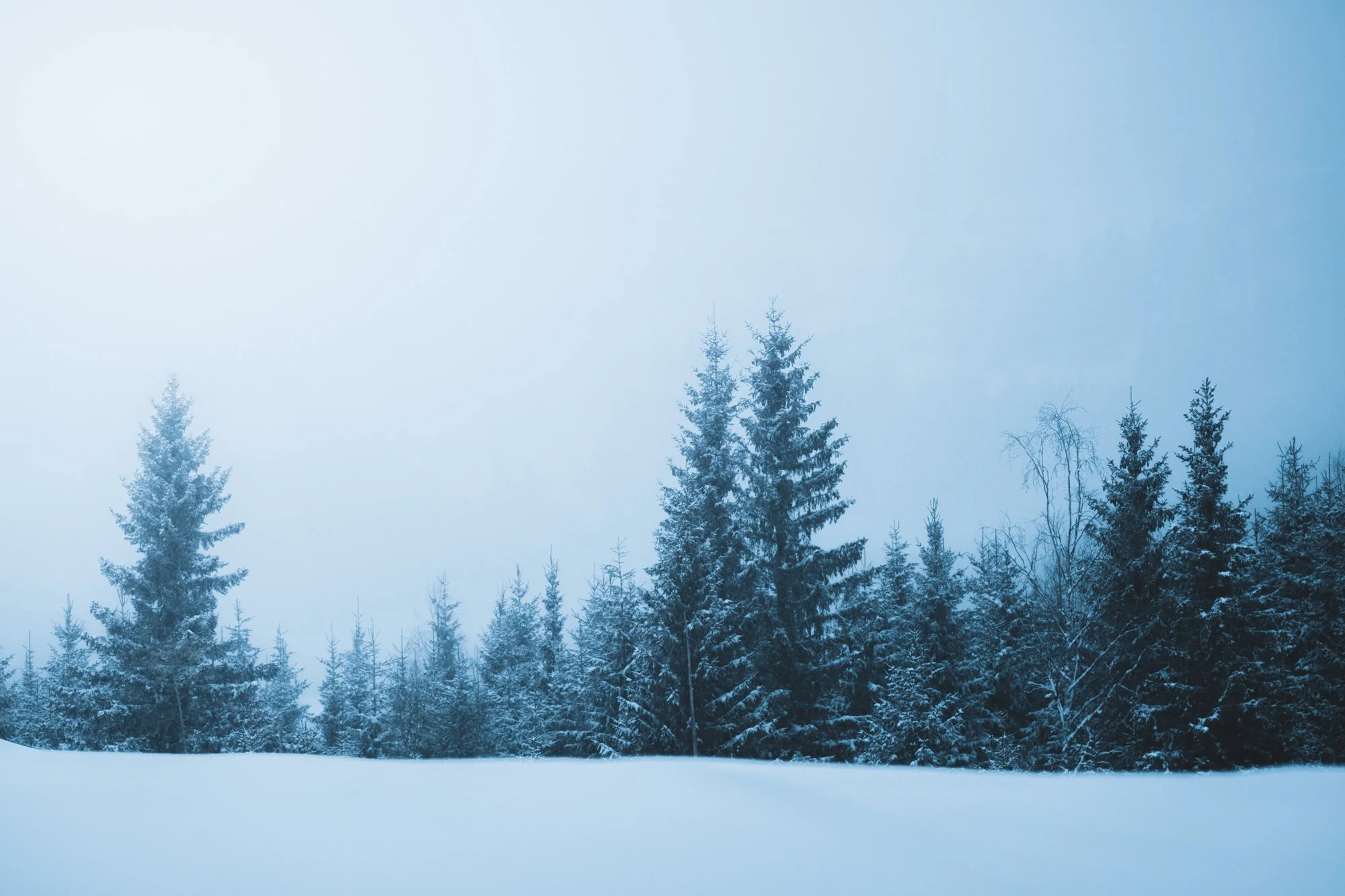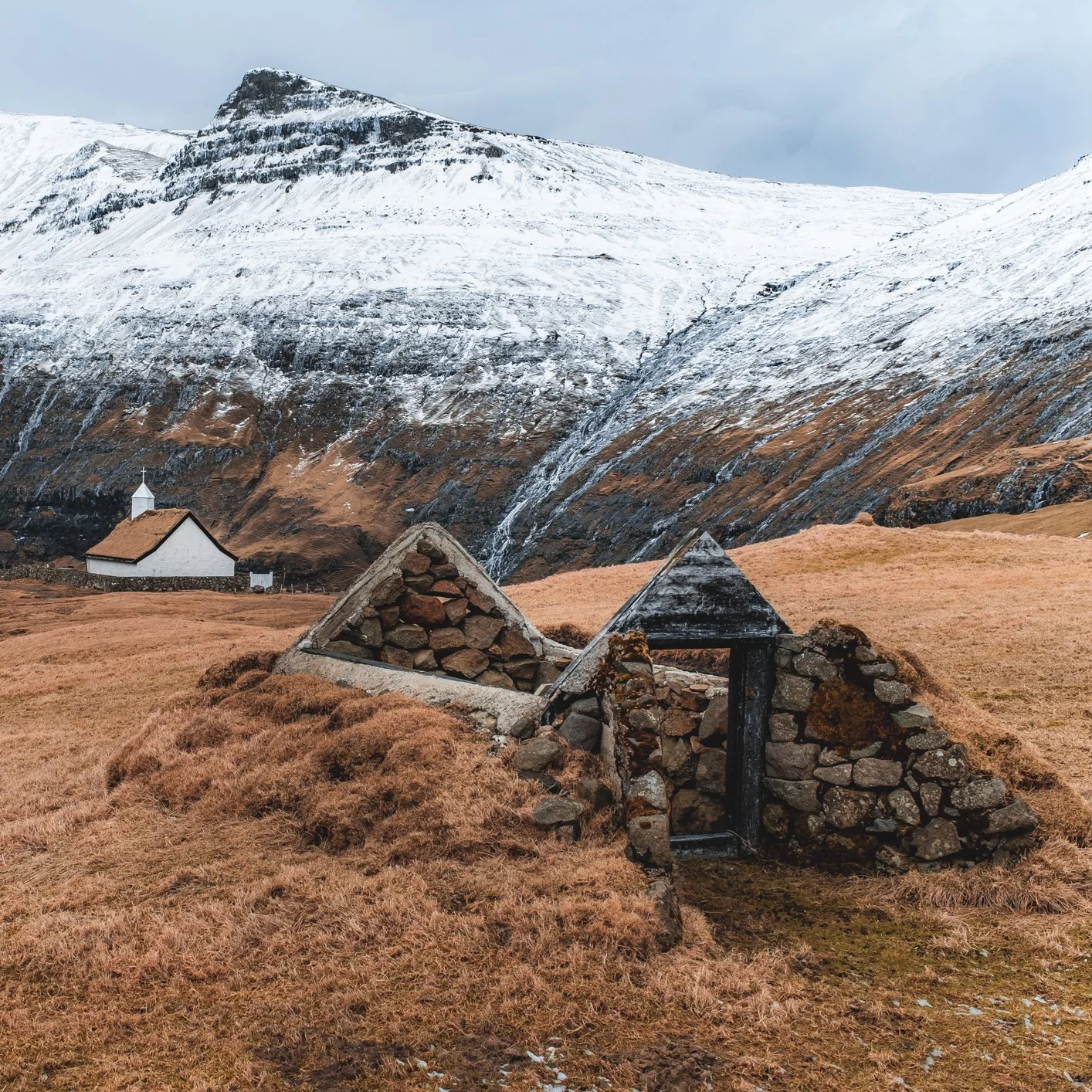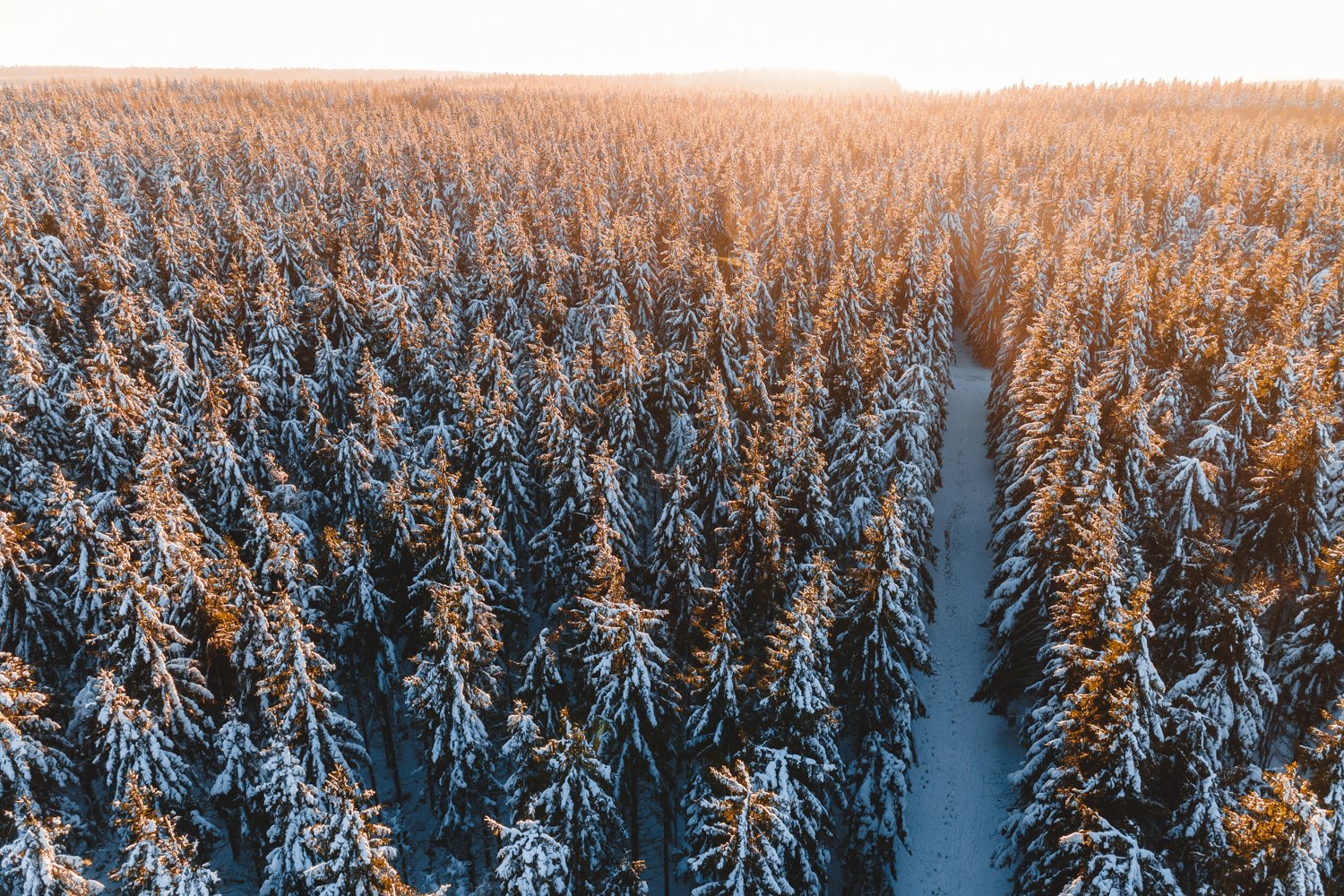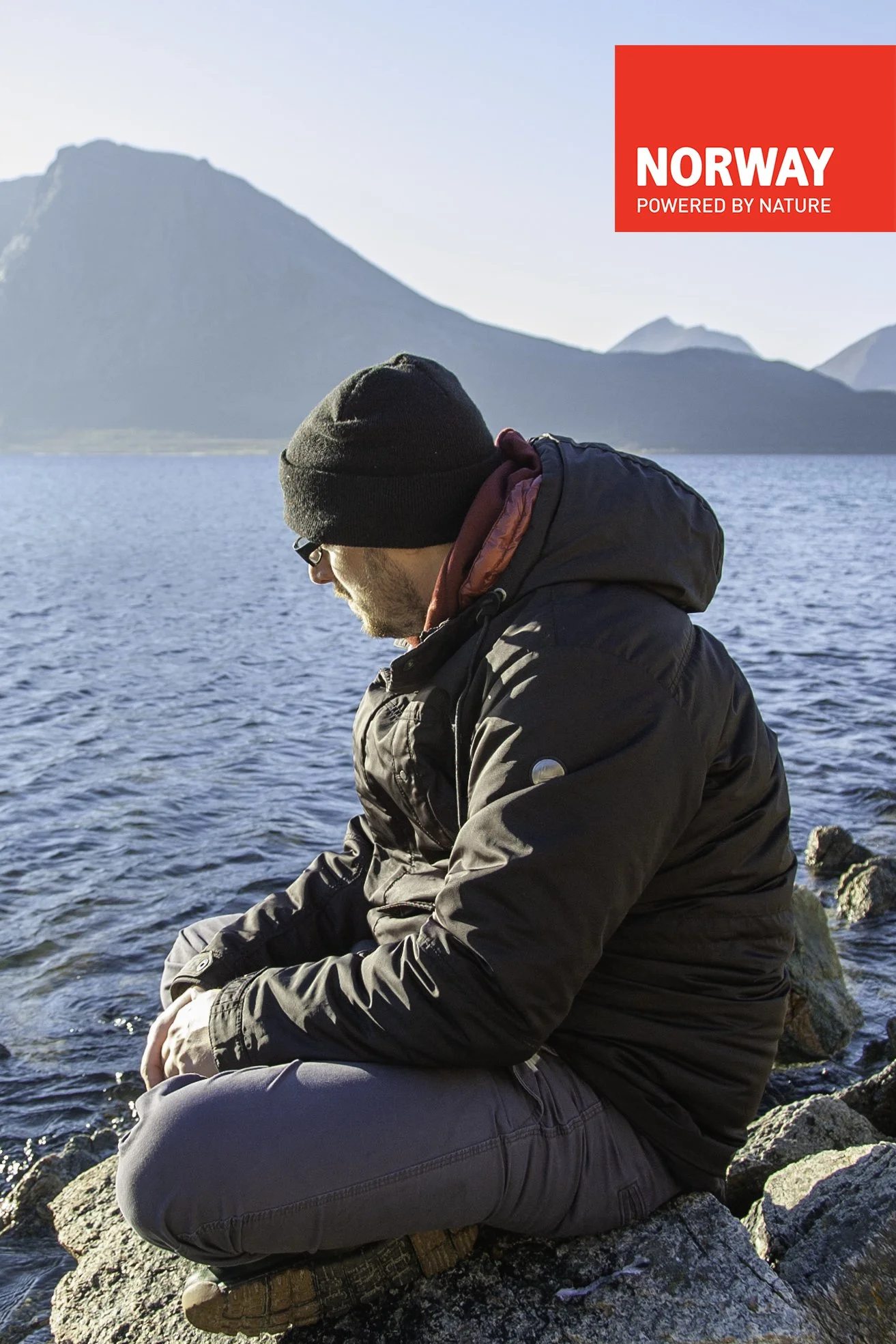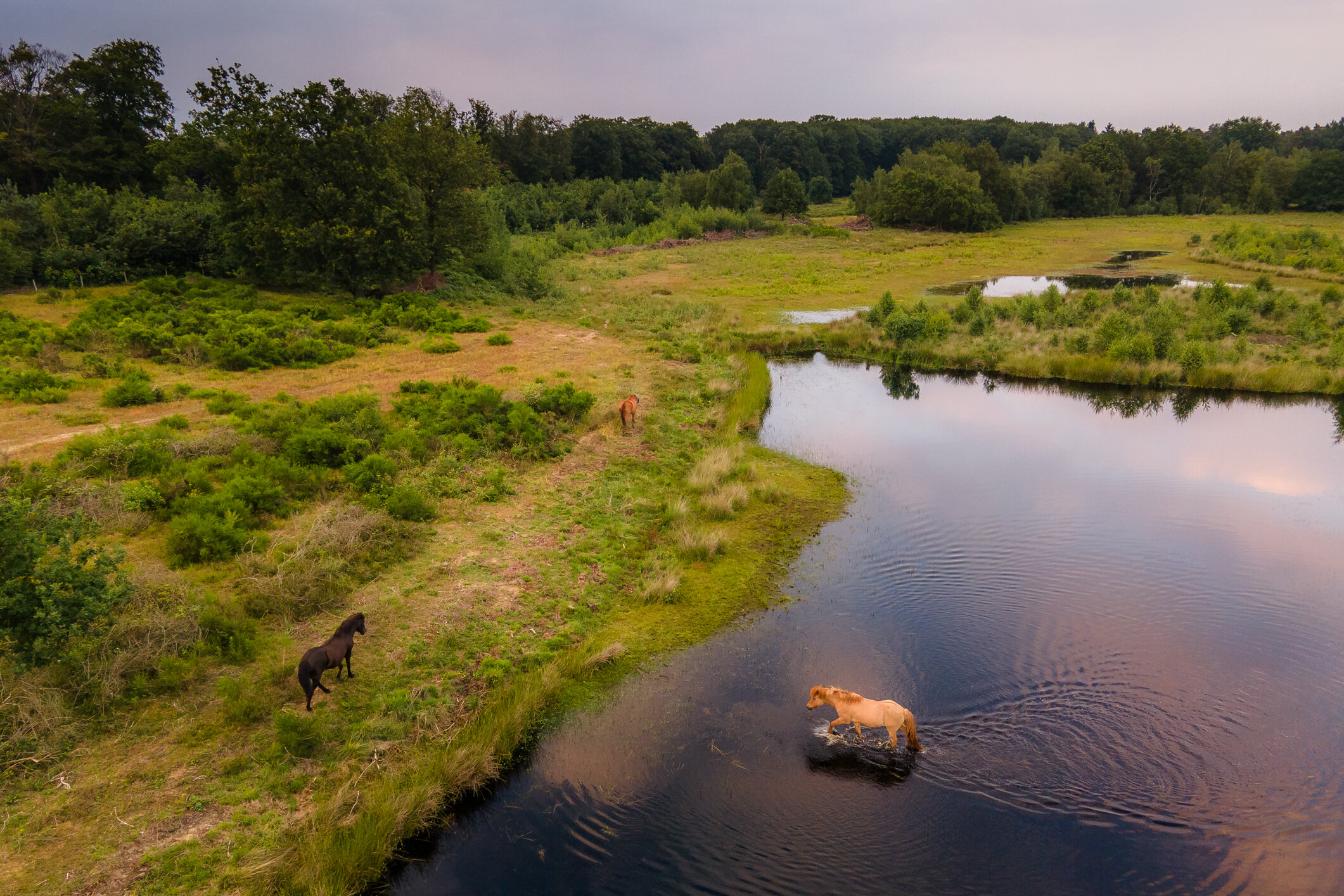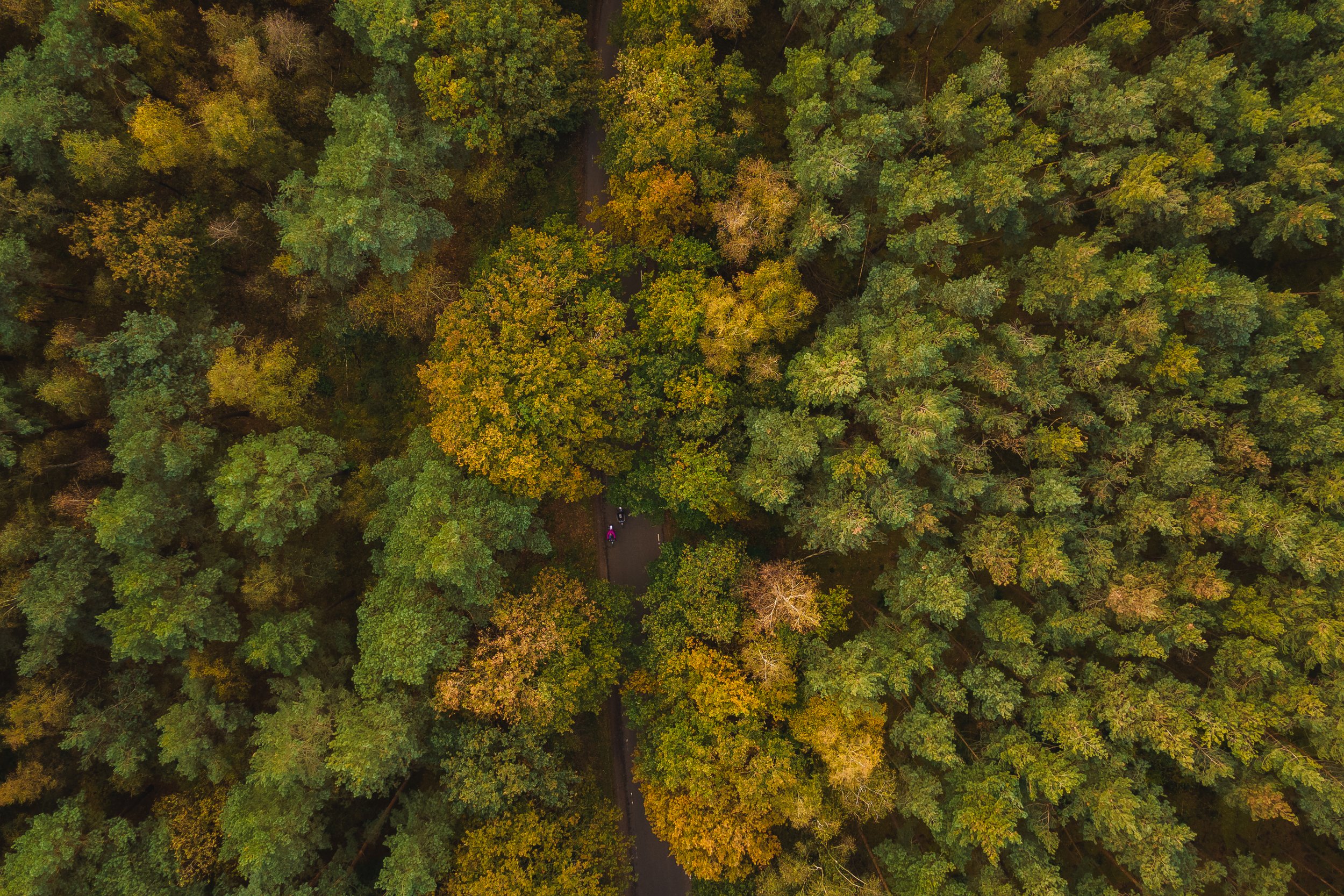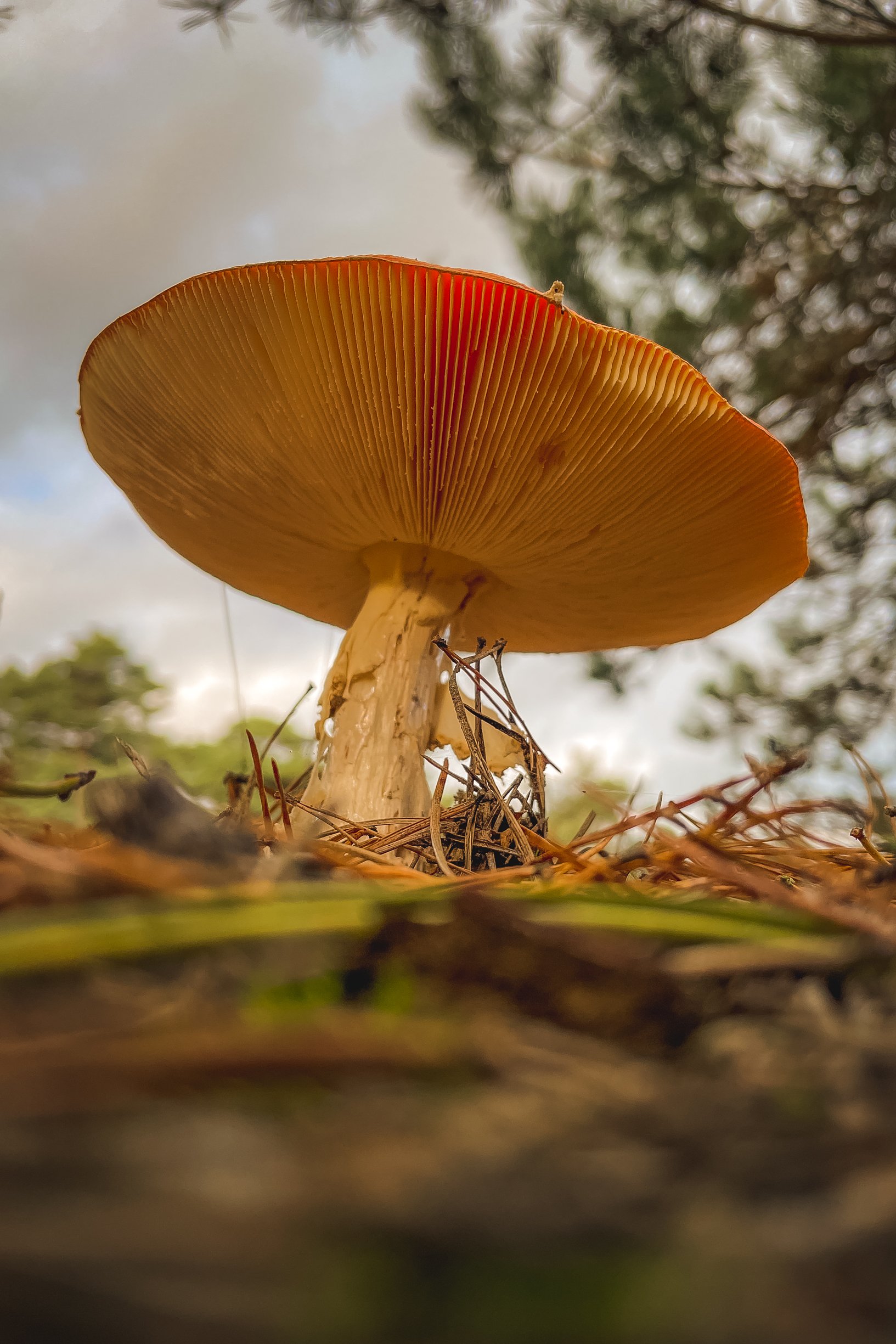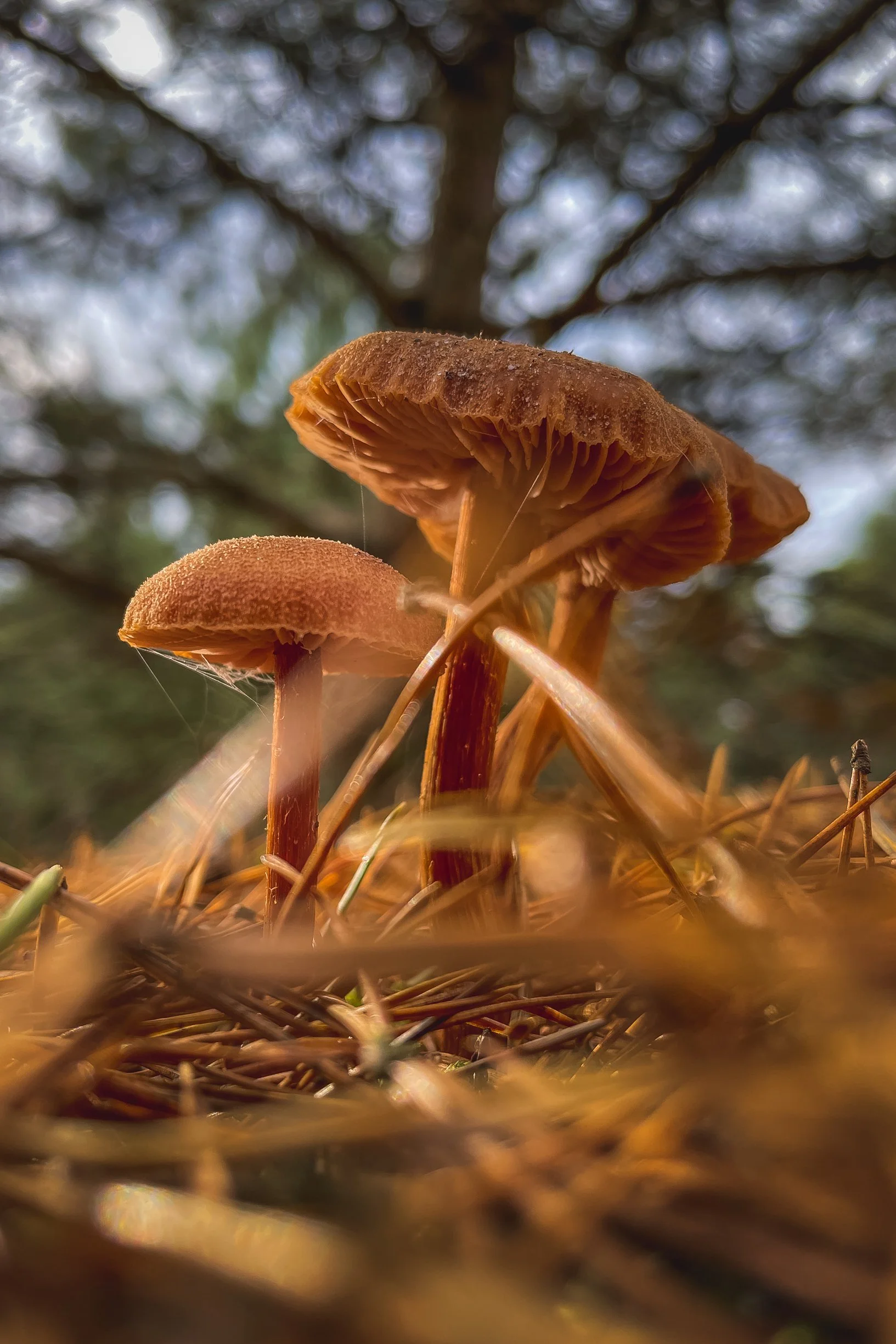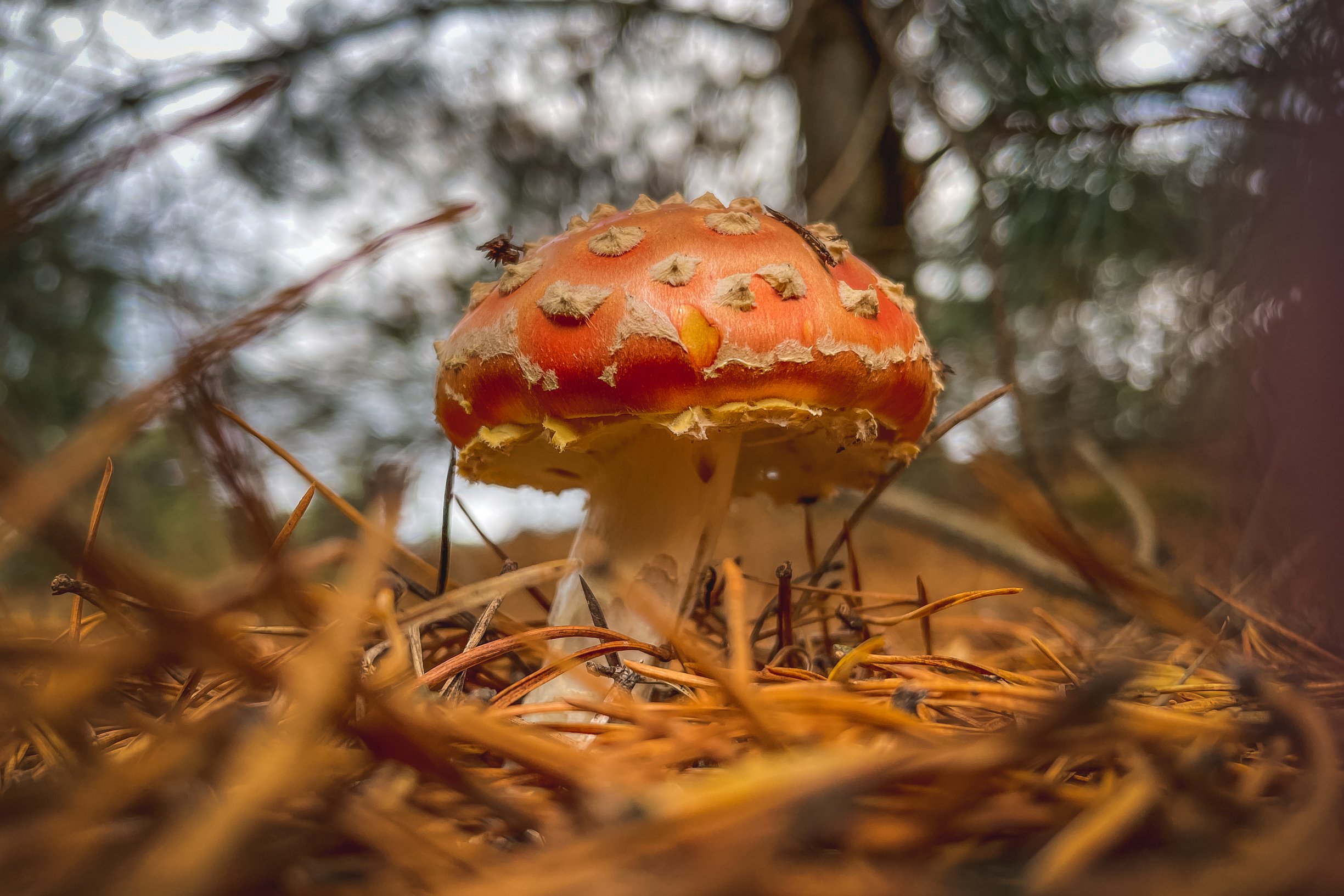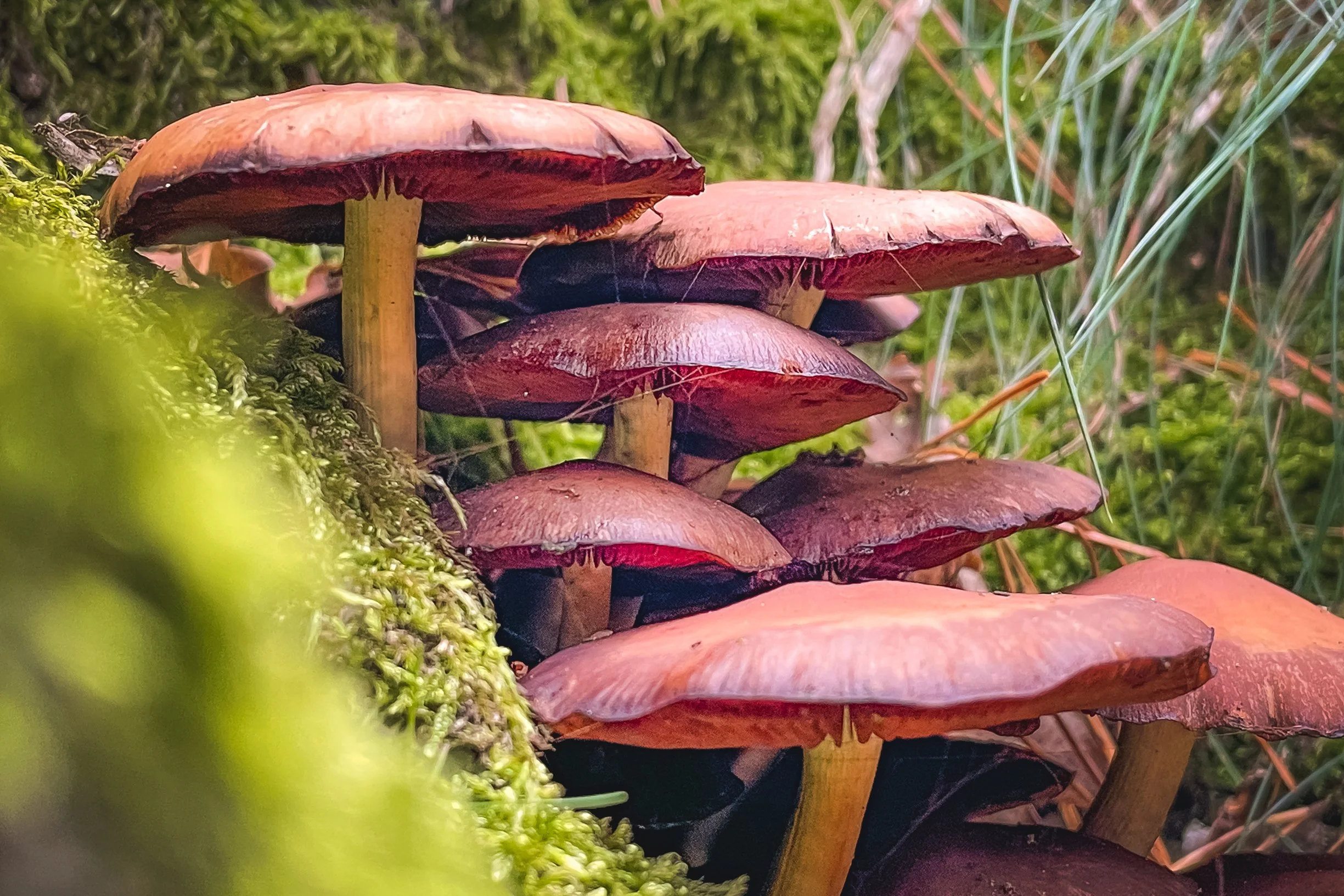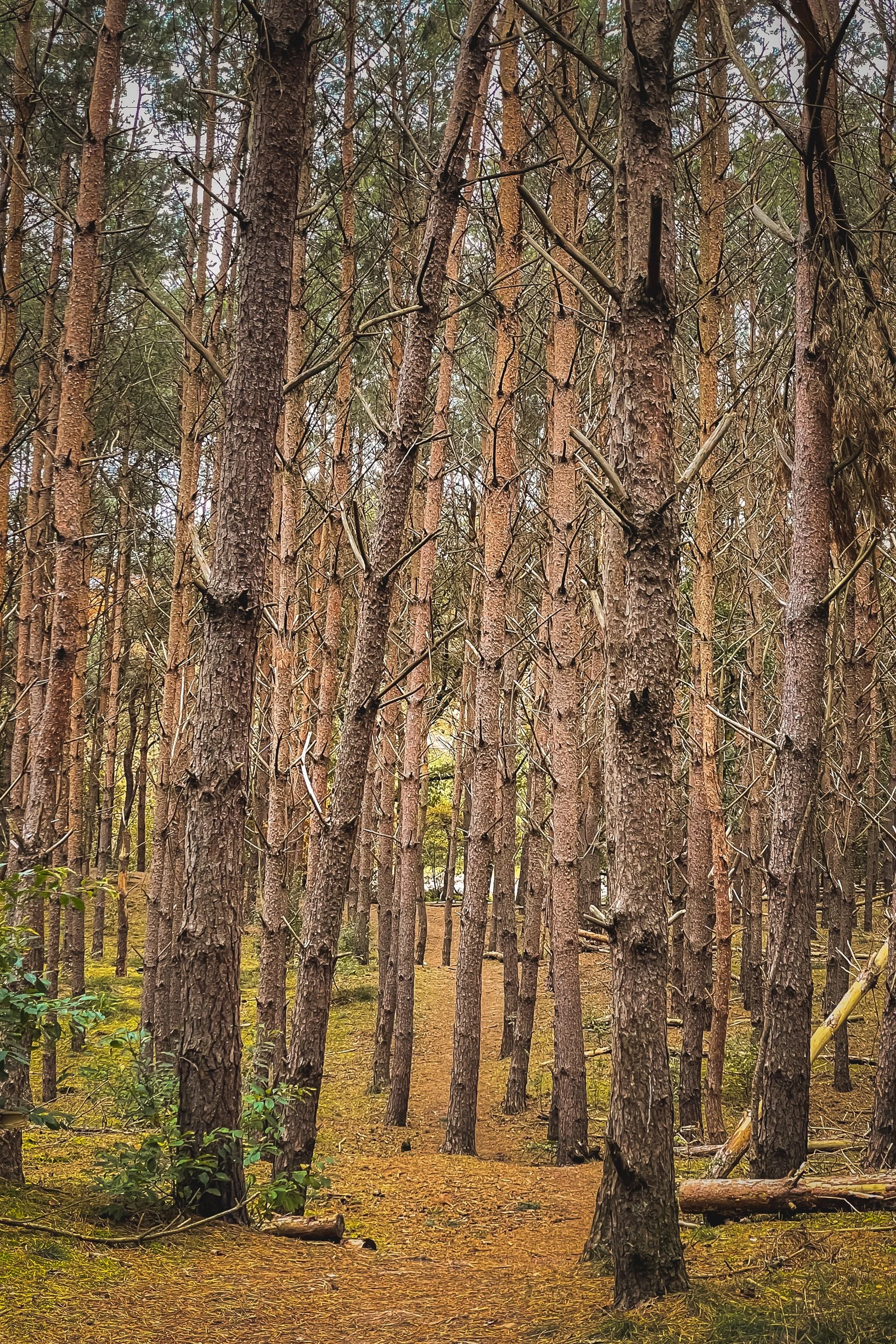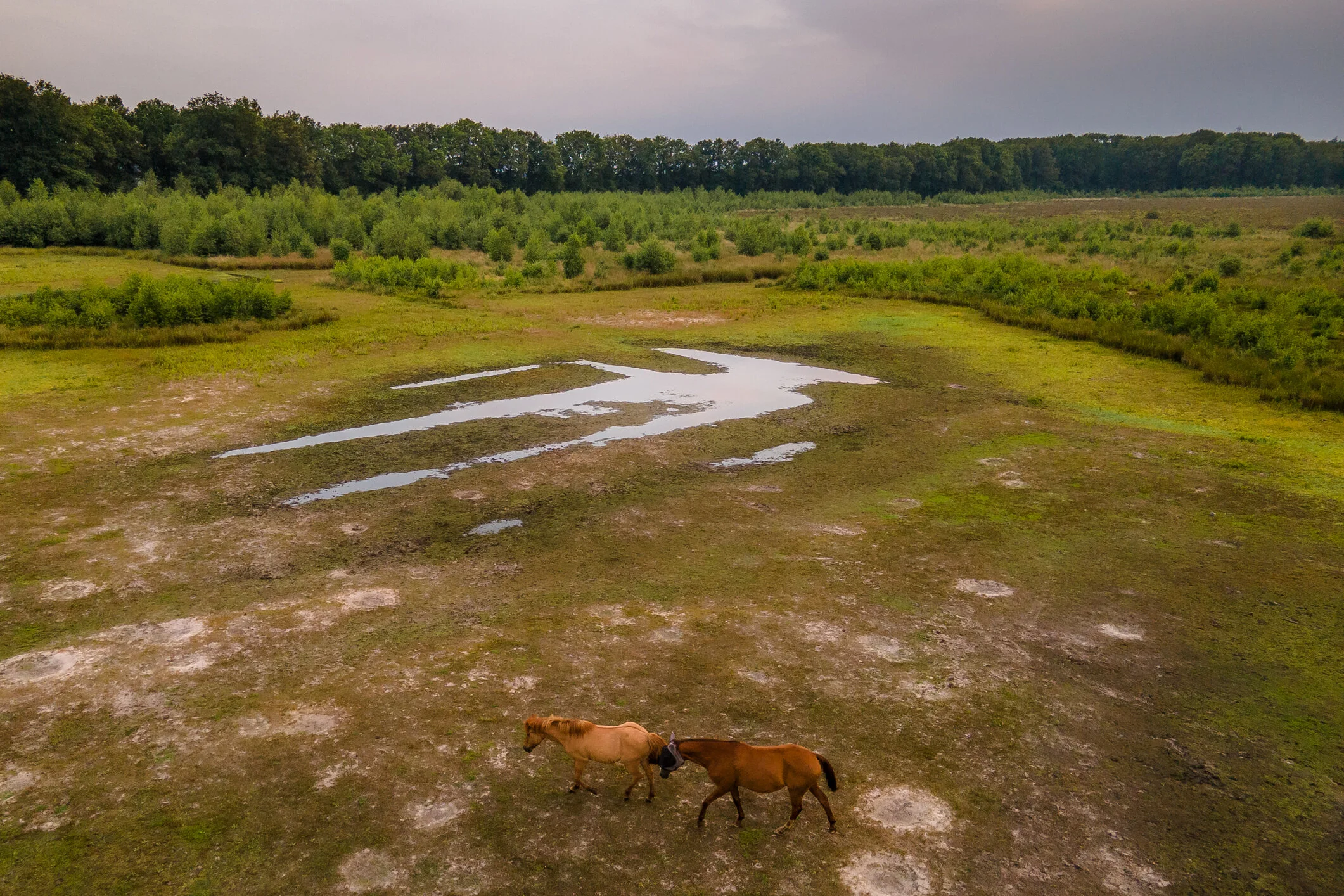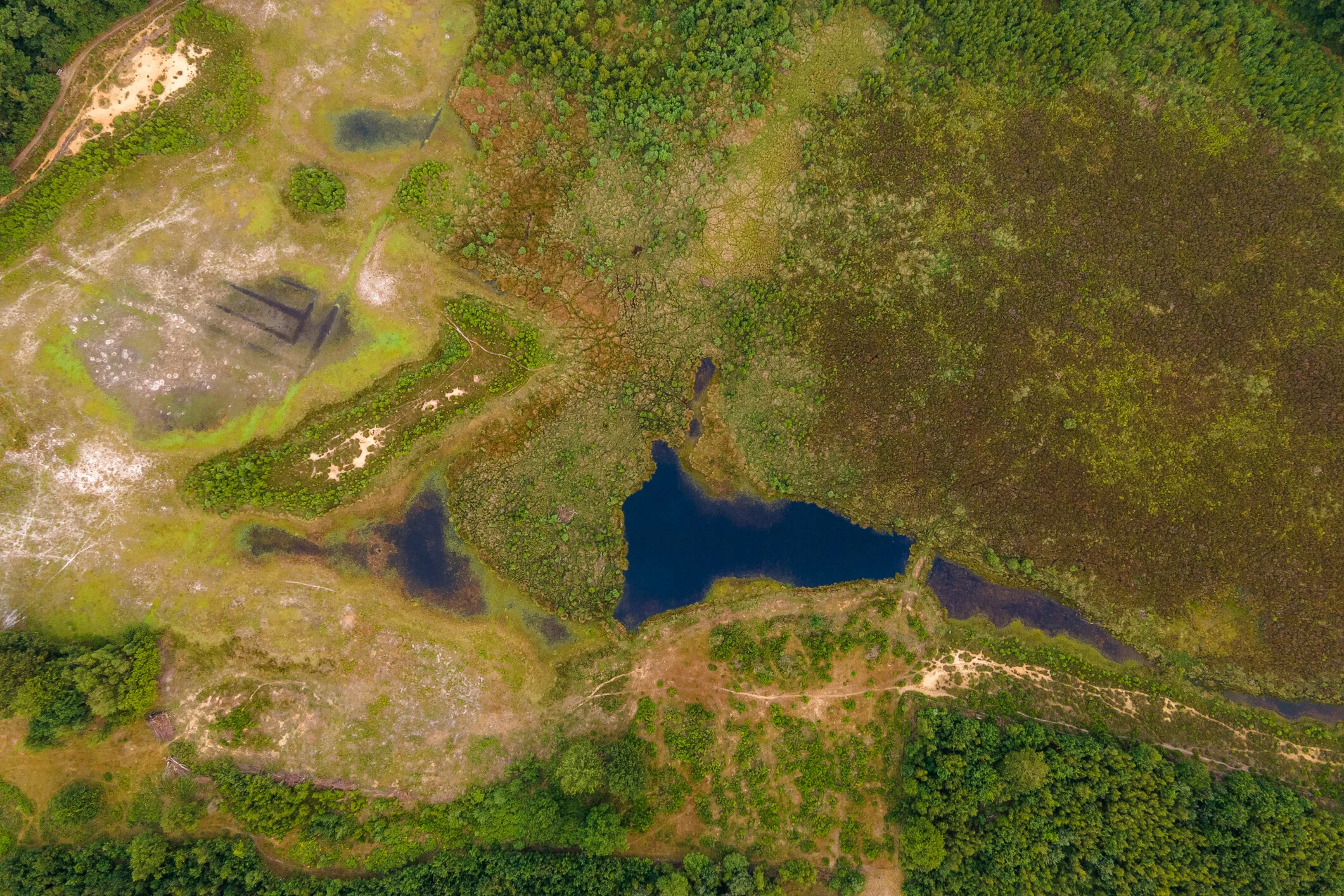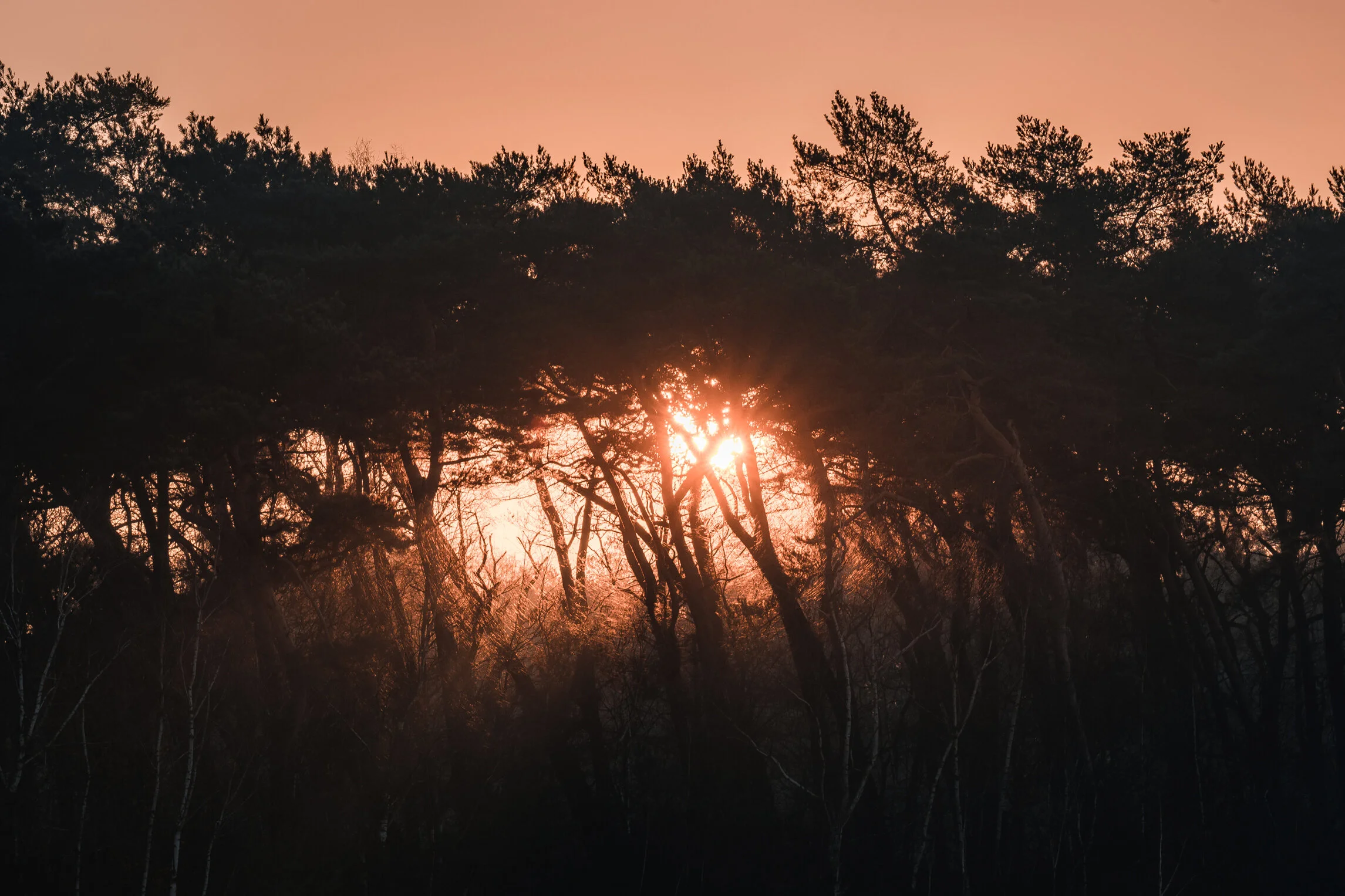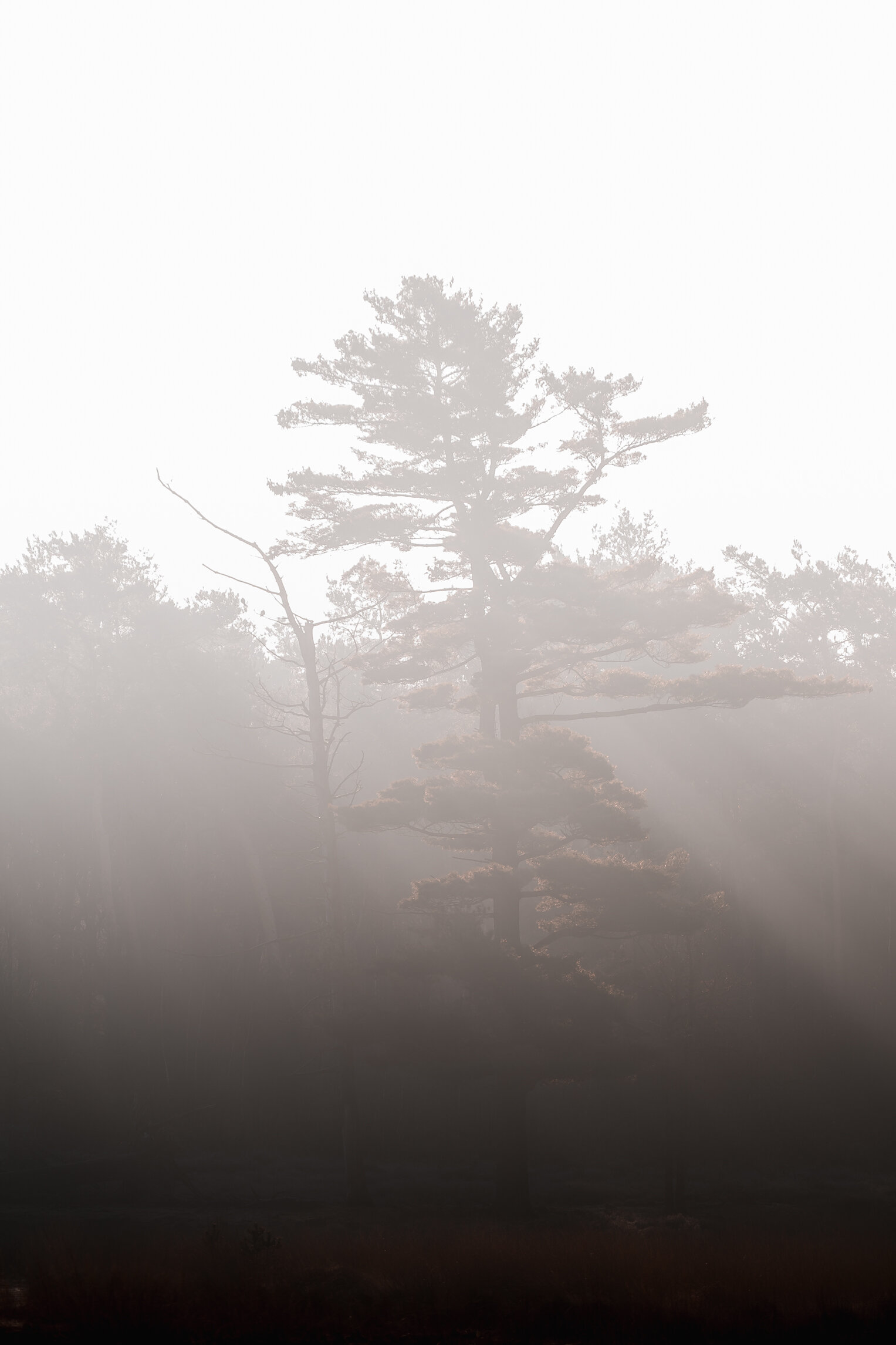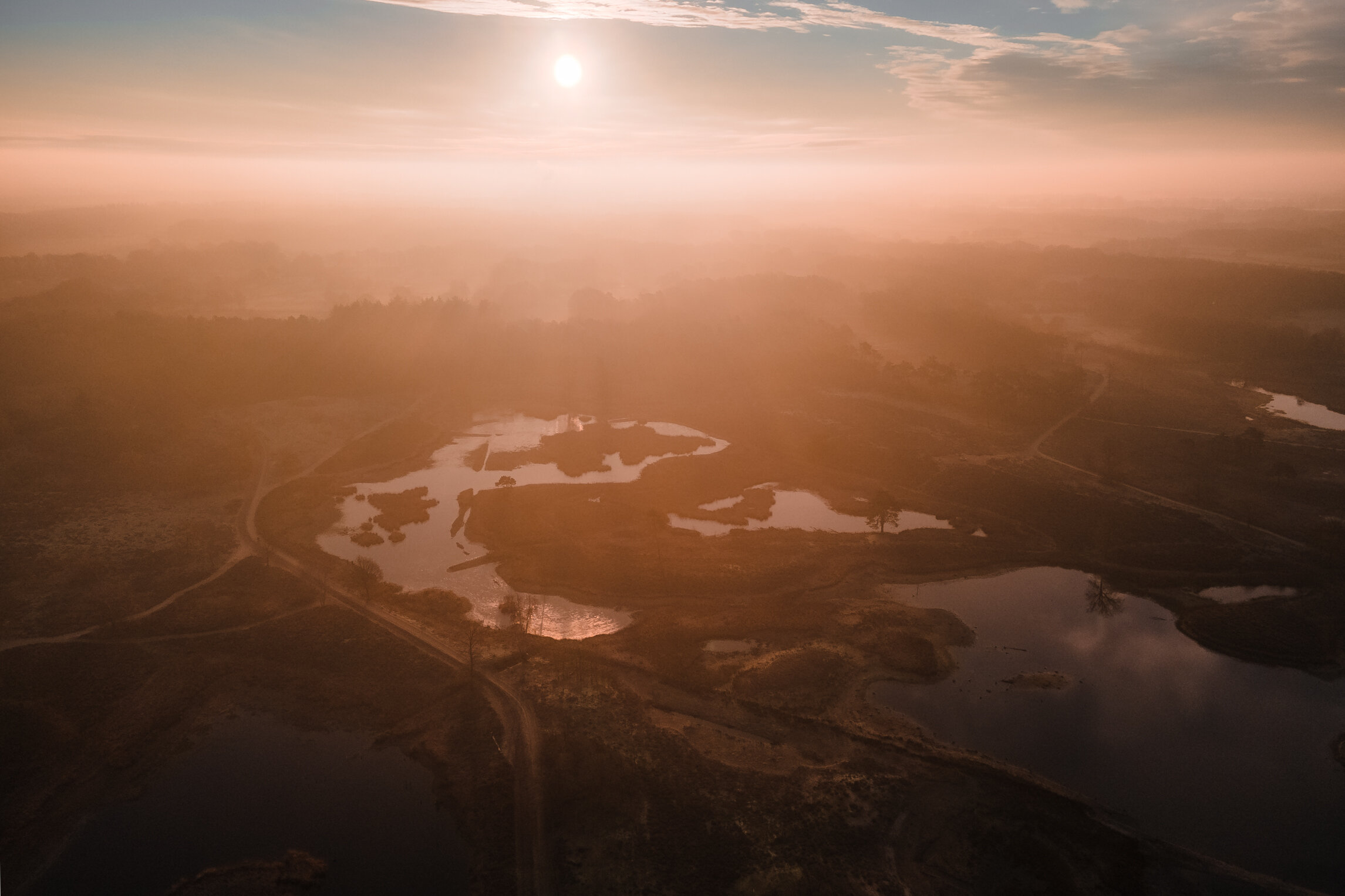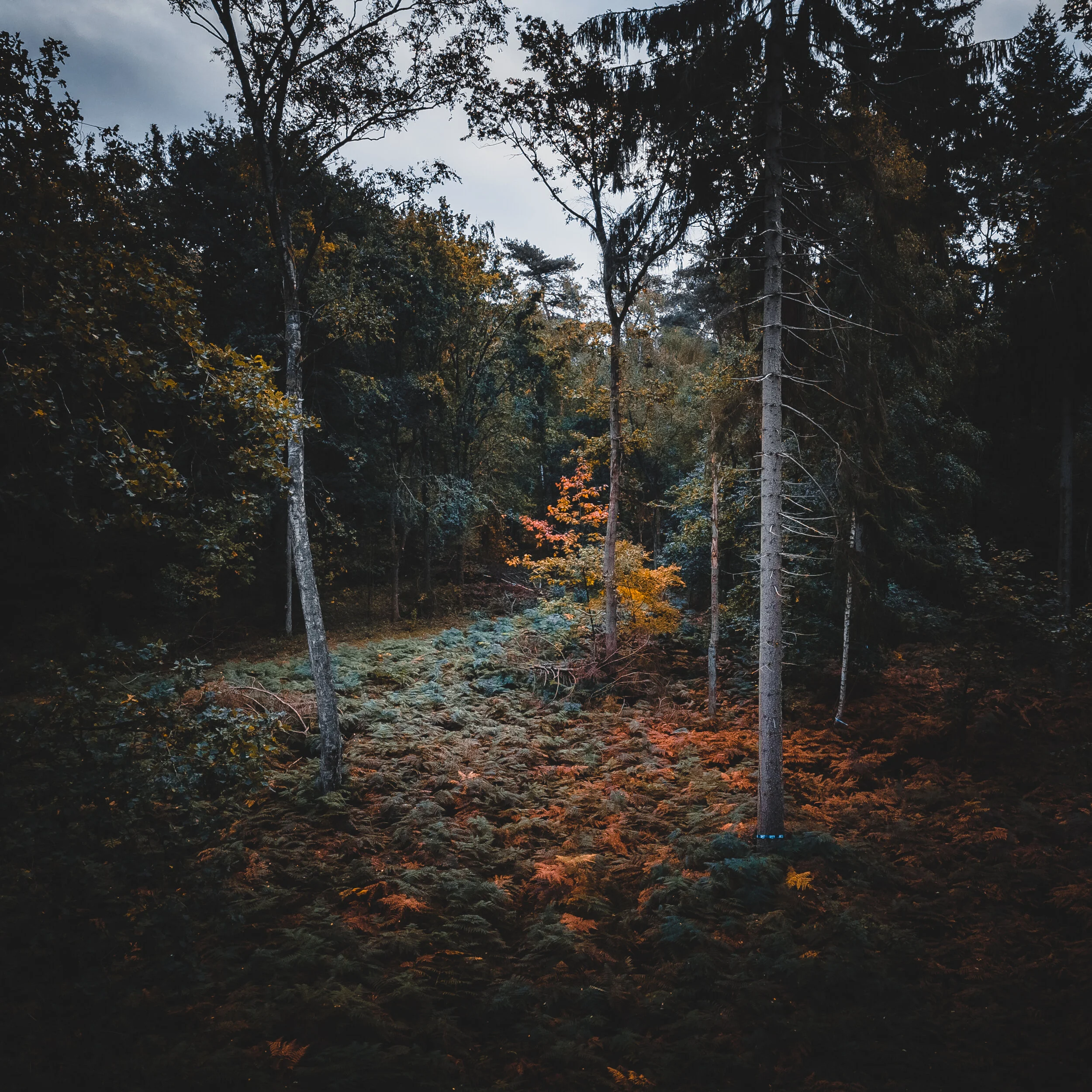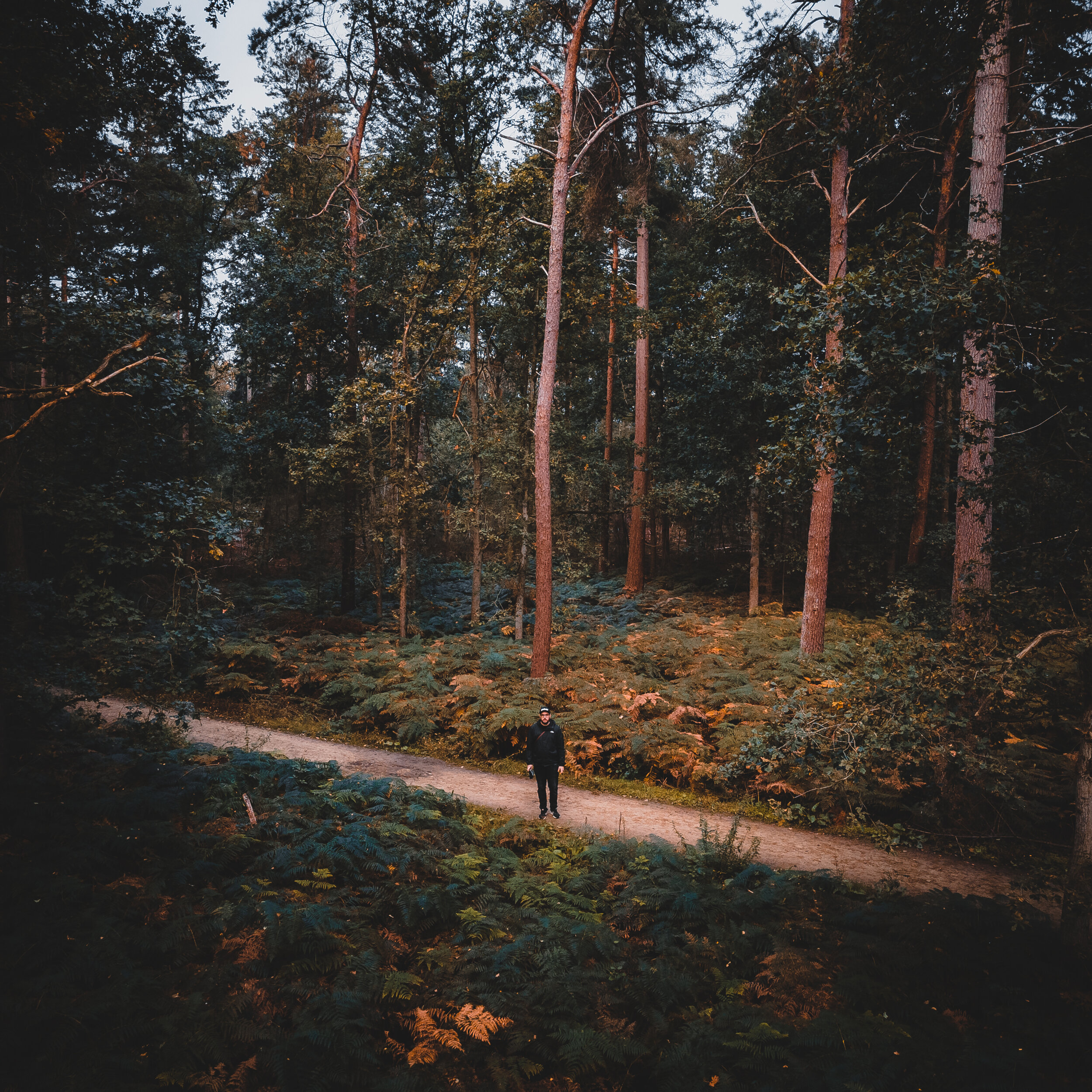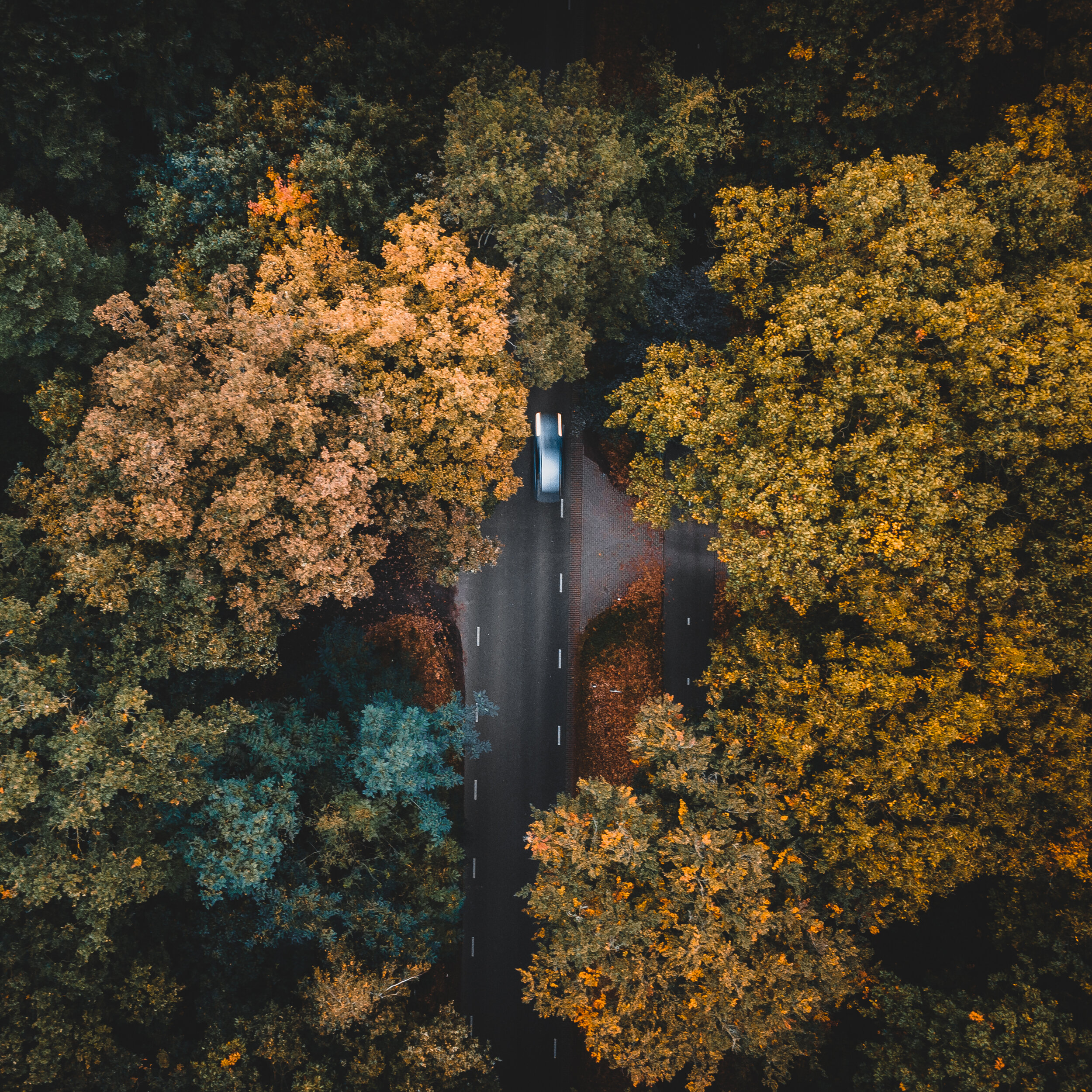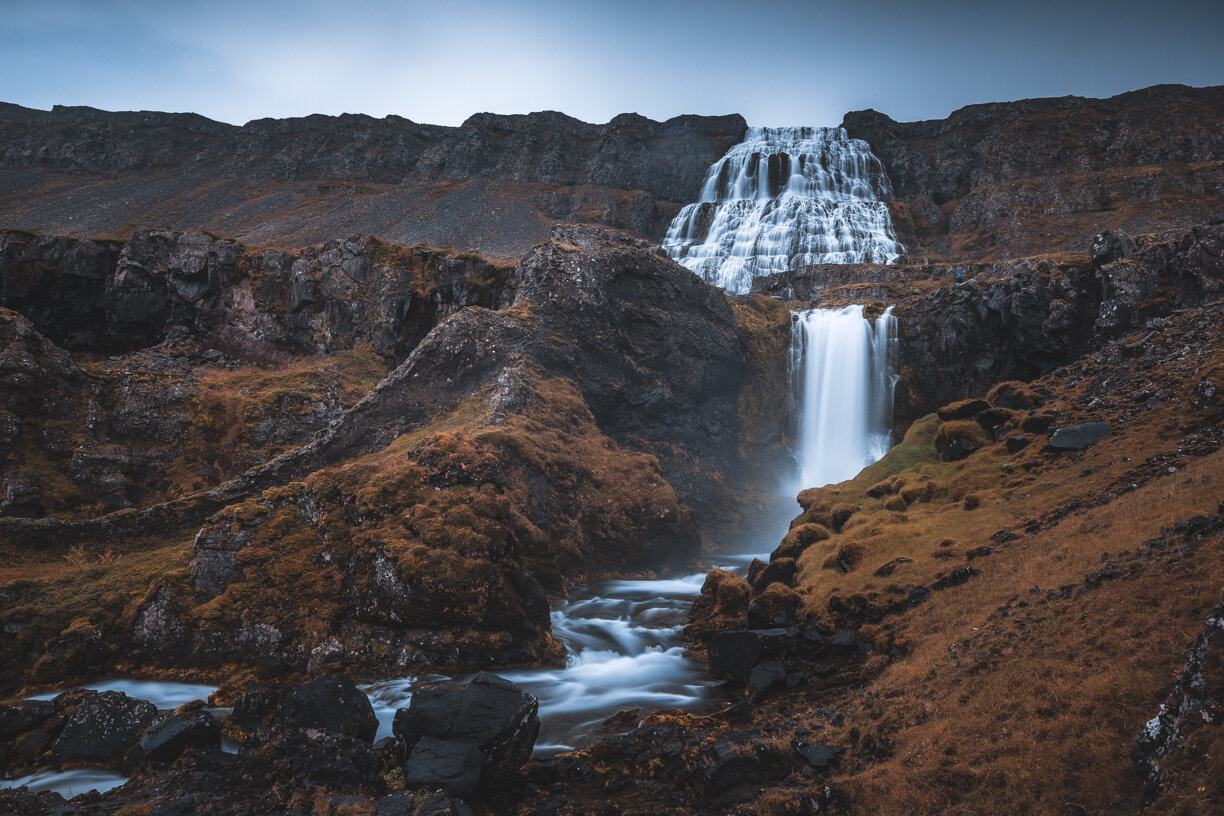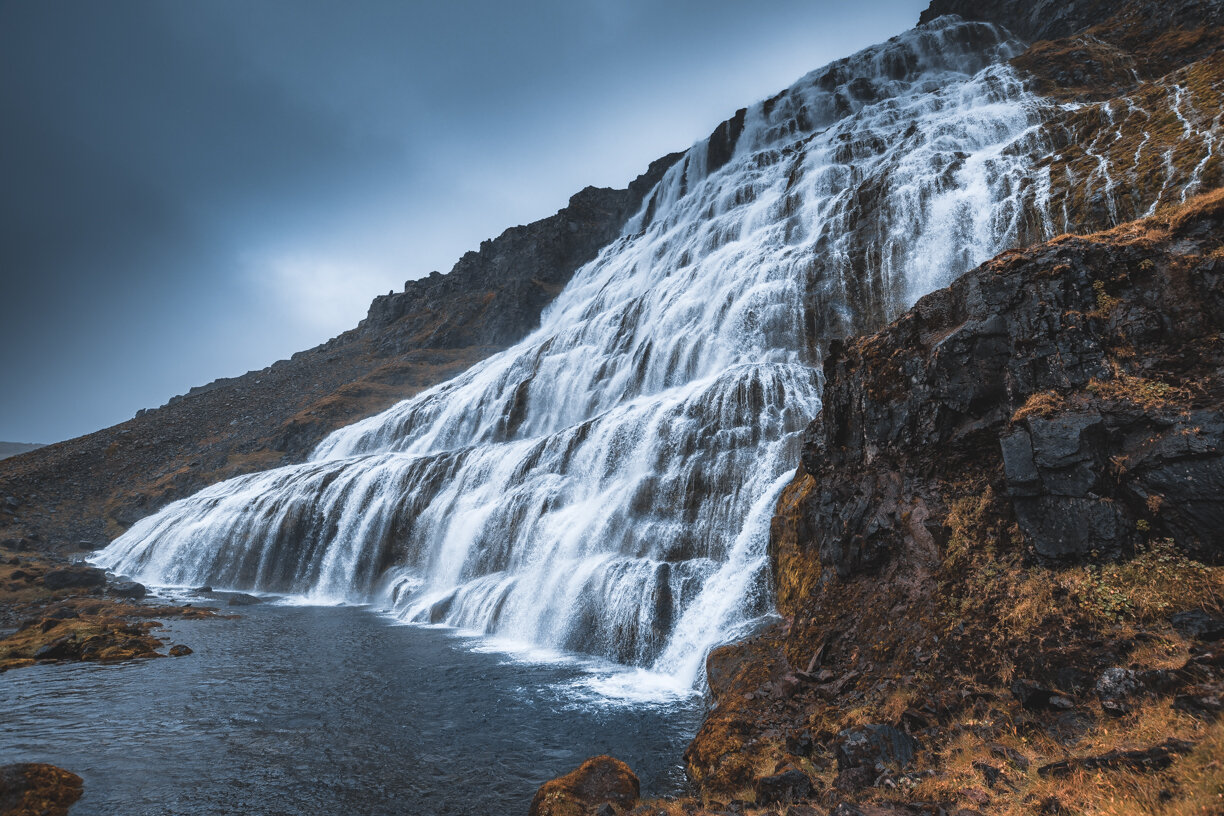This blogpost contains just a bunch of nice snapshots that I took with my drone and Iphone today whilst out on a little walk with junior. He just loves the forest, and its so refreshing to see him explore all things new to him. He’s just walking around while I snap some shots and fly my drone. Stays close to me but is busy discovering lots of things. And to do all this in a nice place with these beautiful autumn colors is an absolute bonus. I love this time of year!
Enjoy checking out the pics below, thank you for being here.
Beautiful Autumn Day
This blogpost contains just a bunch of nice snapshots that I took with my drone and Iphone today whilst out on a little walk with junior. He just loves the forest, and its so refreshing to see him explore all things new to him. He’s just walking around while I snap some shots and fly my drone. Stays close to me but is busy discovering lots of things. And to do all this in a nice place with these beautiful autumn colors is an absolute bonus. I love this time of year!
Enjoy checking out the pics below, thank you for being here.



